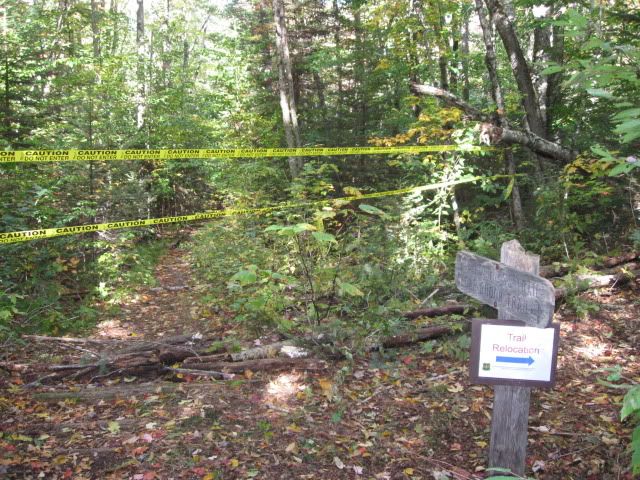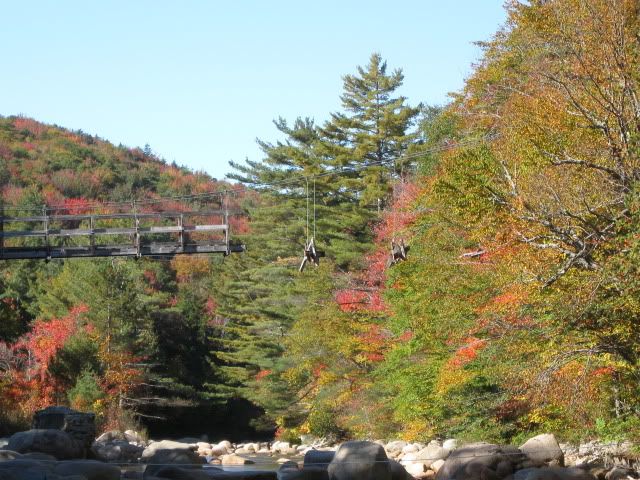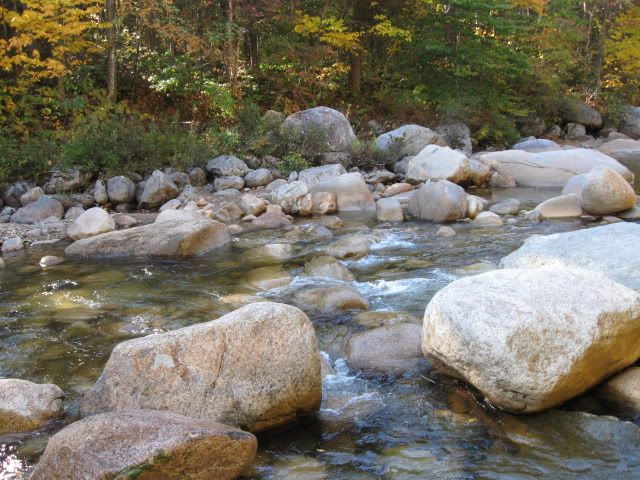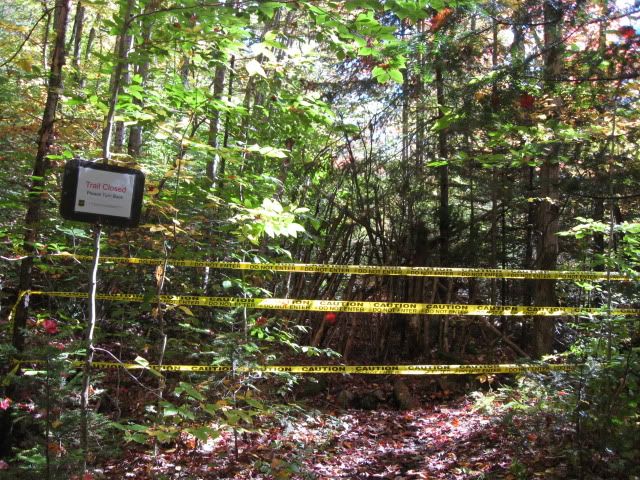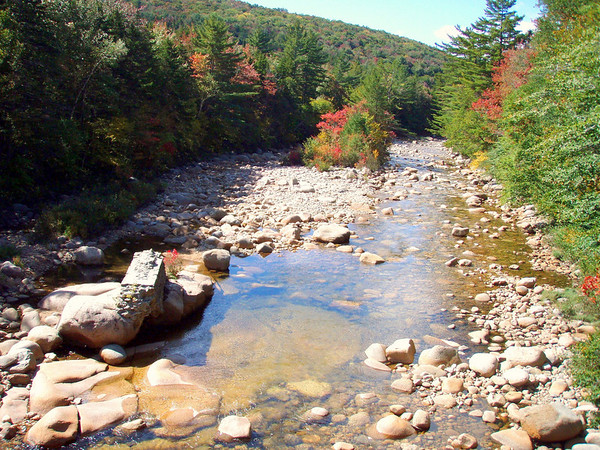Ed'n Lauky
Well-known member
- Joined
- Feb 15, 2007
- Messages
- 1,802
- Reaction score
- 168
As far as I know, there is no law prohibiting the fording of a stream in the vicinity of a bridge. If someone gets their kicks or thrills that way, go for it. Skip the bridge and wade in."Crossing swollen mountain streams can provide some of the most hair-raising interludes along the trail. We recall with relish many a precarious crossing--teetering on narrow tree trunks over raging torrents of swift water, or hopping from boulder to moss-slippery boulder, occasionally dropping a boot (or more) into the icy waters. Great memories of exciting moments. Sometimes terrifying. Sometimes hilarious. Always memorable.
"But there are sober, serious bridge builders at work in the backcountry who'd like to exorcise such moments form the backpacker's experience. These overeager engineers will slap a huge log bridge, complete with cement foundations on both sides, over any flowing water too wide to jump. Instead of experiencing an interesting challenge, the hiker just puts his head down and plods over a tailored bridgeway. The mentality that regards such offenses as trail 'improvements' can only be achieved by crossbreeding a beaver with a deskbound colonel from the Army Corps of Engineers.
"We should take lessons from our western hiking brethren. Out West, difficult river crossings are accepted as part of the game. In Alaska they can be really wild. Sometimes you even have to improvise a raft." (pp. 209 & 210)
Quite frankly, a fifty year old suspension bridge in the middle of nowhere is something I find fascinating. It in no way spoils my wilderness experience.

